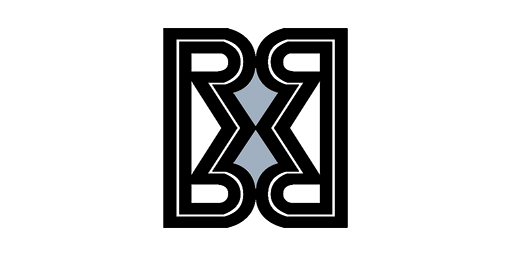The following export product groups represent the highest dollar value in Iranian global shipments during 2020. Also shown is the percentage share each export category represents in terms of overall exports from Iran.
- Plastics, plastic articles: US$2.6 billion (22.4% of total exports)
- Mineral fuels, including oil: $1.9 billion (16.3%)
- Organic chemicals: $1.3 billion (11%)
- Fruits, nuts: $1.3 billion (10.6%)
- Iron, steel: $906.9 million (7.7%)
- Copper: $332.6 million (2.8%)
- Ores, slag, ash: $312.9 million (2.7%)
- Salt, sulfur, stone, cement: $258.7 million (2.2%)
- Fertilizers: $247.1 million (2.1%)
- Zinc: $142 million (1.2%)
Iran’s top 10 exports accounted for 79% of the overall value of its global shipments.
Fruits and nuts were the lone growers among the top 10 export categories, up by 11.7% from 2019 to 2020.
The leading decliner among Iran’s top 10 export categories was mineral fuels including oil, thanks to its -89% drop year over year.
At the more granular four-digit Harmonized Tariff System code level, ethylene polymers represent Iran’s most valuable exported product at 19.7% of the country’s total. In second place was crude oil (11.3%), acyclic alcohols (7.8%), miscellaneous nuts (7.5%), semifinished iron or non-alloy steel products (5.6%), iron ores and concentrates (2.3%), refined copper, and wrought alloys (2.2%), petroleum gases (also 2.2%) and nitrogenous fertilizers (2.1%.
In macroeconomic terms, Iran’s total exported goods represent 1% of its overall Gross Domestic Product for 2020 ($1.149 trillion, valued in Purchasing Power Parity US dollars). That 1% for exports to overall GDP in PPP for 2020 compares to 1.8% for 2019. Those percentages suggest a relatively decreasing reliance on products sold on international markets for Iran’s total economic performance, albeit based on a short timeframe.
Another key indicator of a country’s economic performance is its unemployment rate. Iran’s average unemployment rate was 10.823% for 2020. Up from an average of 10.65% one year earlier, according to the International Monetary Fund.
Iran’s capital city is Tehran.
See also Top Middle Eastern Export Countries, Iraq’s Top 10 Exports and Grapes Exports by Country
Research Sources:
International Monetary Fund, World Economic Outlook Database (GDP based on Purchasing Power Parity). Accessed on July 25, 2021
International Trade Centre, Trade Map: Iran export data. Accessed on July 25, 2021
Central Intelligence Agency, The World Factbook Middle East: Iran. Accessed on July 25, 2021
Wikipedia, Gross domestic product. Accessed on July 25, 2021
Wikipedia, Iran. Accessed on July 25, 2021
Wikipedia, Purchasing power parity. Accessed on July 25, 2021
Zepol’s company summary highlights by country. Accessed on July 25, 2021
